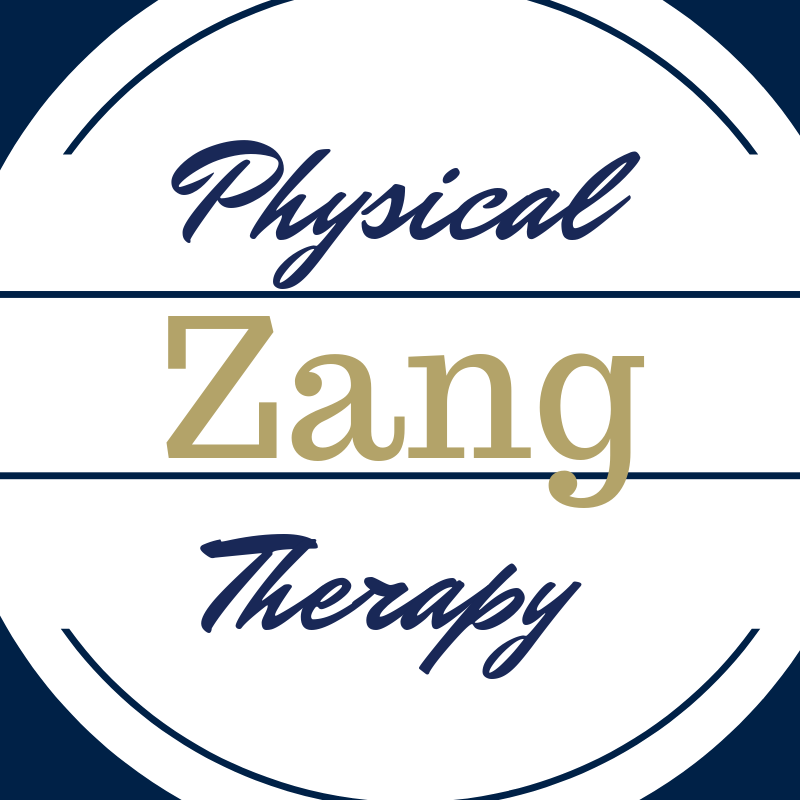The Achilles tendon is the connection between the gastrocnemius (calf) muscle and calcaneus or heel bone. Its function is to plantarflexion the foot. OR in basic terms, push off while walking or rise up onto the toes. The Achilles is extremely strong with an ability to sustain loads in excess of 7 times body weight. Each year, over 1/4 million people suffer an Achilles injury.
The severity of an Achilles injury ranges on a scale. Possibilities include conditions such as bursitis, tendinitis (inflammation of tendon), tendinosis (change in tendon quality due to long term damage) or even rupture. An individual may progress through stages of Achilles injury. Or the possibility exists for a rupture, without any other factor beforehand.
Causes of an Achilles injury may include: rapid increase of physical activity, sports involving quick changes in direction, tightness in lower body muscles (the calf in particular), foot structure, poor footwear, wearing high heels, and weekend warrior syndrome which I previously wrote about.
Those at HIGH RISK and should pay special attention are males in their late 30’s to 50’s. Especially those who continue with regular physical activity. Common sports involved include: basketball, tennis, softball and soccer. I see these patient populations frequently as a Physical Therapist.
Individuals who start to notice a strained sensation, pain, or swelling of their calf or Achilles region are wise to cease activity and rest. Ice and/or NSAIDs can be helpful early on, but addressing the root cause of the injury early is a must to prevent worsening. In truth, NSAIDS can actually have detrimental effects on healing tendons. Meaning prolonged use slows or impairs healing capacity. Treatment options for an Achilles injury depends on severity of injury. That said, treatment may include: activity modification (rest), Physical Therapy, injection (which carries risk of its own) or even surgery may be required based on the severity of injury.
From the Physical Therapist’s perspective, which is where I always lean, we look to restore normal flexibility of the foot/ankle, improve calf strength (eccentrically in particular as this is necessary when dealing with higher levels of forces in activity), and proprioception or balance. Once an individual achieves full motion, strength and balance, then the goal is to return to activity slowly to prevent relapse. The worst thing is to rush back too quickly. No need to turn a simple tendon strain into a tear if not cared for appropriately. So the lasting message is, be patient with recovery or you may find yourself on a surgeon’s operating table.
Quick aside: depending on age and desired activity level it is possible to rupture and not have surgery. I have treated several patients, 1 in particular in the last year who chose the non-operative route. Interestingly, they are now pain-free after suffering for more than 3 years with some achilles pain.
If you or someone you know is suffering with Achilles pain, then CLICK HERE for more information. Learn ways to self-treat and/or prevent. If you are tired of living with Achilles pain, the time is now. Click or Call 717-440-6197 Today for more information.
